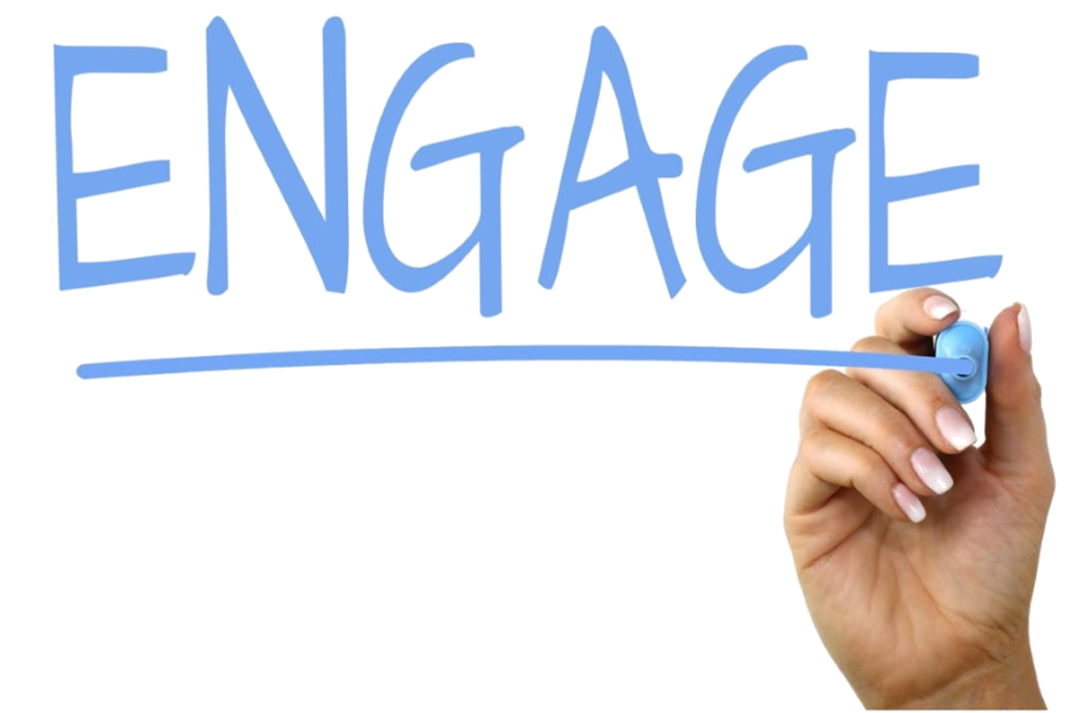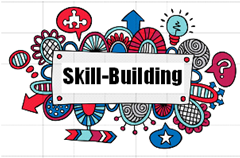1. What does Art look like at All Saints'?

At All Saints’, our Art curriculum is structured on the aims of the National Curriculum and linked to our wider curriculum topics in each year group and the liturgy calendar to ensure relevancy and context. All of the elements and skills are covered within each Key Stage cluster – Early Years, Key Stage 1, Lower Key Stage 2, Upper Key Stage 2. These elements are: drawing, painting, sculpture, textiles, digital media and collage.
The children are taught the skills of an element of Art each term. As part of each unit of work, the children have the opportunity to experiment and develop their skills to produce a final outcome. More detail can be found on our long-term plan. The works of significant local, national and international artists are explored in depth to enhance the children’s knowledge of historical and cultural development of artists’ techniques and works.
The children’s art journey is further enhanced with particular planned weeks such as STEAM week and diversity week.
At All Saints’, all children in Key Stage One and Two will have a sketchbook where it is encouraged for children to have creative control. It is encouraged as a place to experiment and take risks, without the fear of doing ‘wrong’. Children are also encouraged to evaluate their Art and Design work individually, with peers and also adults.

- Visits outside and around school: exploring the outdoors; visiting an art museum
- Independently or collaboratively research the work of the Artist/ Art movement creating a portfolio or fact file
- Pupils to analyse the meaning behind different pieces of artwork. Discuss their likes/ dislikes and give reasons.
- Collections of images or information (faces, different shades of blue etc.); Photographs or pictures used for reference


- Investigate new techniques, media or materials.
- Experimental work- investigating new techniques, media or materials
- Developing Skills and Techniques: Notes on technical processes and use of media (with or without examples)
- When possible, these skills link to the Artist and/or Art movement.
- Observing: Drawings of objects, artefacts, figures and landscapes from observation; Recording shapes, tones and textures


- Apply the skills and knowledge learnt from this unit to complete the unit outcome.
- Planning- drawings & designs
- Discuss their development and final work.
- Help others understand what they are trying to achieve.
- Demonstrate their knowledge and understanding of art and design
- Evaluations of their art and design projects- successes and weaknesses
